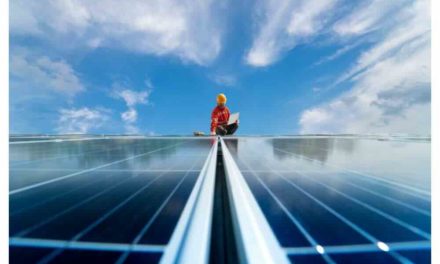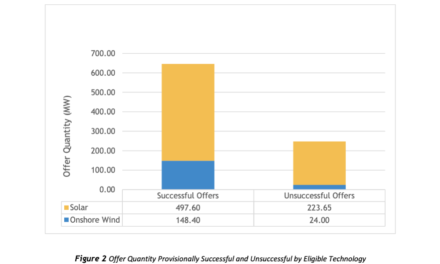- ISEA says Ireland’s total installed solar PV capacity has now reached 680 MW
- It is led by utility scale projects of over 5 MW capacity, representing a combined 349 MW
- Microgeneration projects for residential segment are also growing due to financial incentives
- ESB Networks told ISEA that the country is likely to exceed 1 GW cumulative capacity by 2023-end
Led by the utility scale segment, Ireland’s cumulative installed solar PV capacity has exceeded 680 MW generating almost 600,000 MWh annually and is likely to exceed 1 GW by the end of 2023, according to the Irish Solar Energy Association (ISEA).
According to the industry group, a spokesperson of the national transmission system operator ESB Networks said, “By the end of 2023, ESB Networks forecasts almost 1 GW of solar will have connected from domestic rooftop to utility-scale solar projects. This makes the solar industry the fastest growing renewable power source in Ireland.”
In its June 2023 Scale of Solar report, the association counts Ireland to have 371 MW of grid connected utility scale PV capacity (including 7 large scale plants of more than 5 MW capacity representing a combined 349 MW). Grid connected utility projects between 1 MW to 5 MW capacity account for 22 MW of the segment capacity, while those under 1 MW represent 0.84 MW.
Mini-generation projects with a capacity of between 17 kVA and 50 kVA make up 5 MW, microgeneration 208 MW and small ground-mounted PV capacity of 95 MW for self-consumption makes up this 680 MW capacity.
Microgeneration projects are installed on residential rooftops, paying zero value added tax (VAT) (see Now No VAT On Solar In Ireland).
Currently, IESA counts almost 60,000 homes to have these microgeneration systems installed thanks to no planning permission needed for such installations. Grants from the Sustainable Energy Authority of Ireland (SEAI) and ability to sell excess electricity back to the grid are other incentives that make it cost effective.
Under the Climate Action Plan 2023, Ireland aims to grow its solar PV capacity to 5 GW by 2025 and 8 GW by 2030, made up mostly of utility scale solar developments.
“We truly are at the beginning of a solar revolution. From a standing start, solar can scale quickly and we have seen it provide 10% of Ireland’s power already on a sunny day in May this year,” said ISEA CEO Conall Bolger. “As it grows, solar will continue to decarbonise parts of the grid that we couldn’t reach before. Homeowners providing over 200MW of capacity is a benefit that our system is already experiencing.
The complete ISEA report is available on its website for free viewing.















